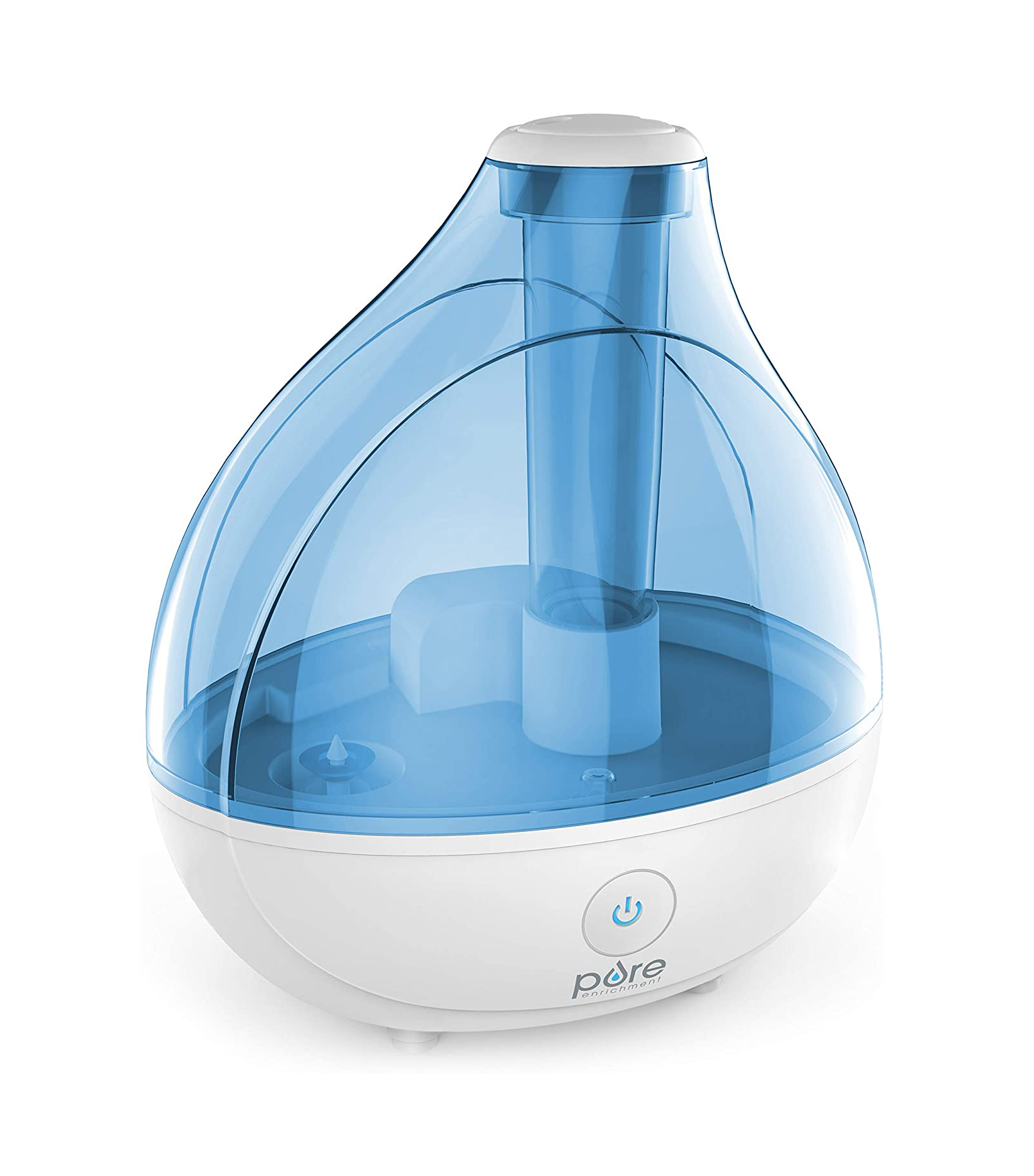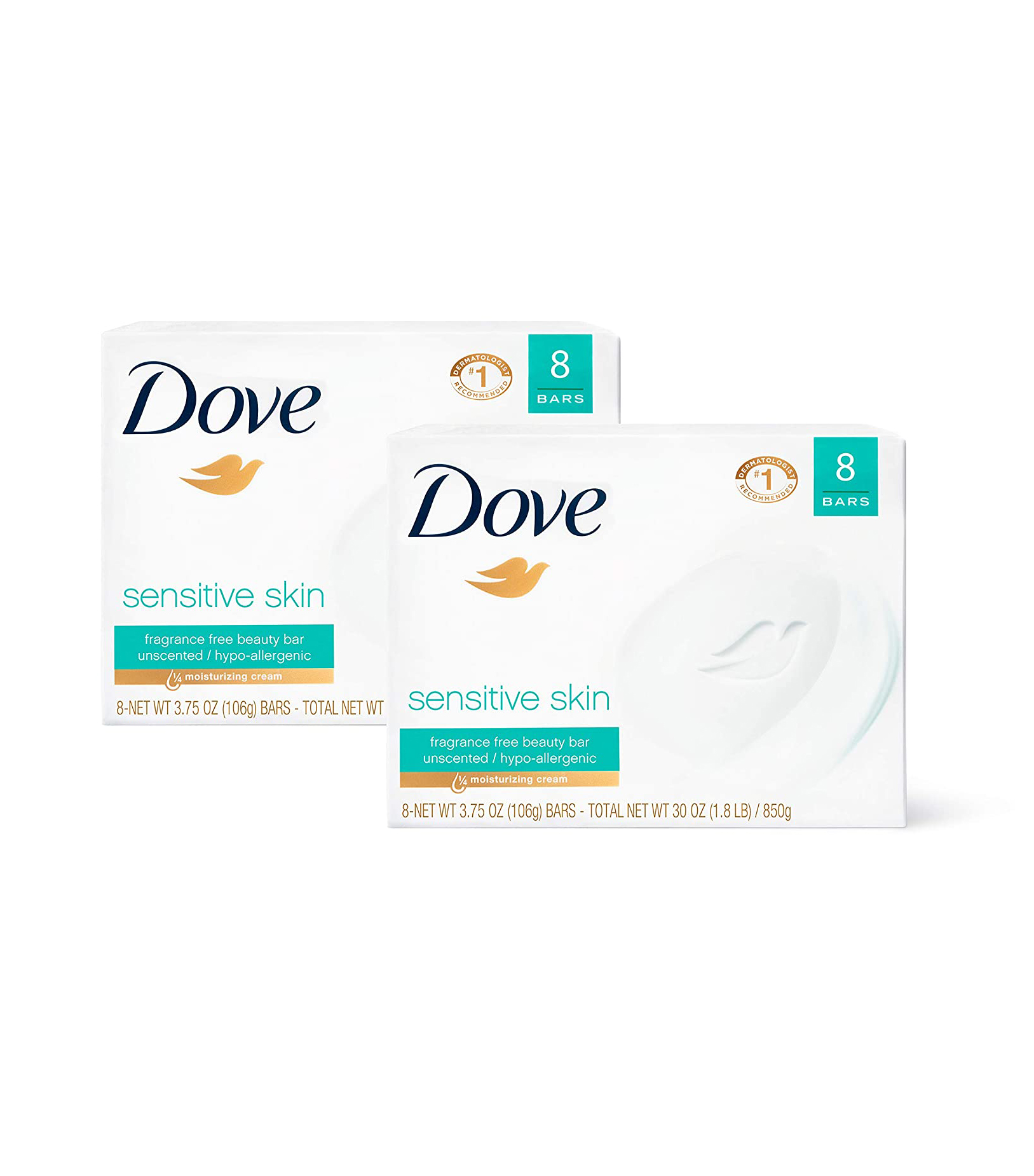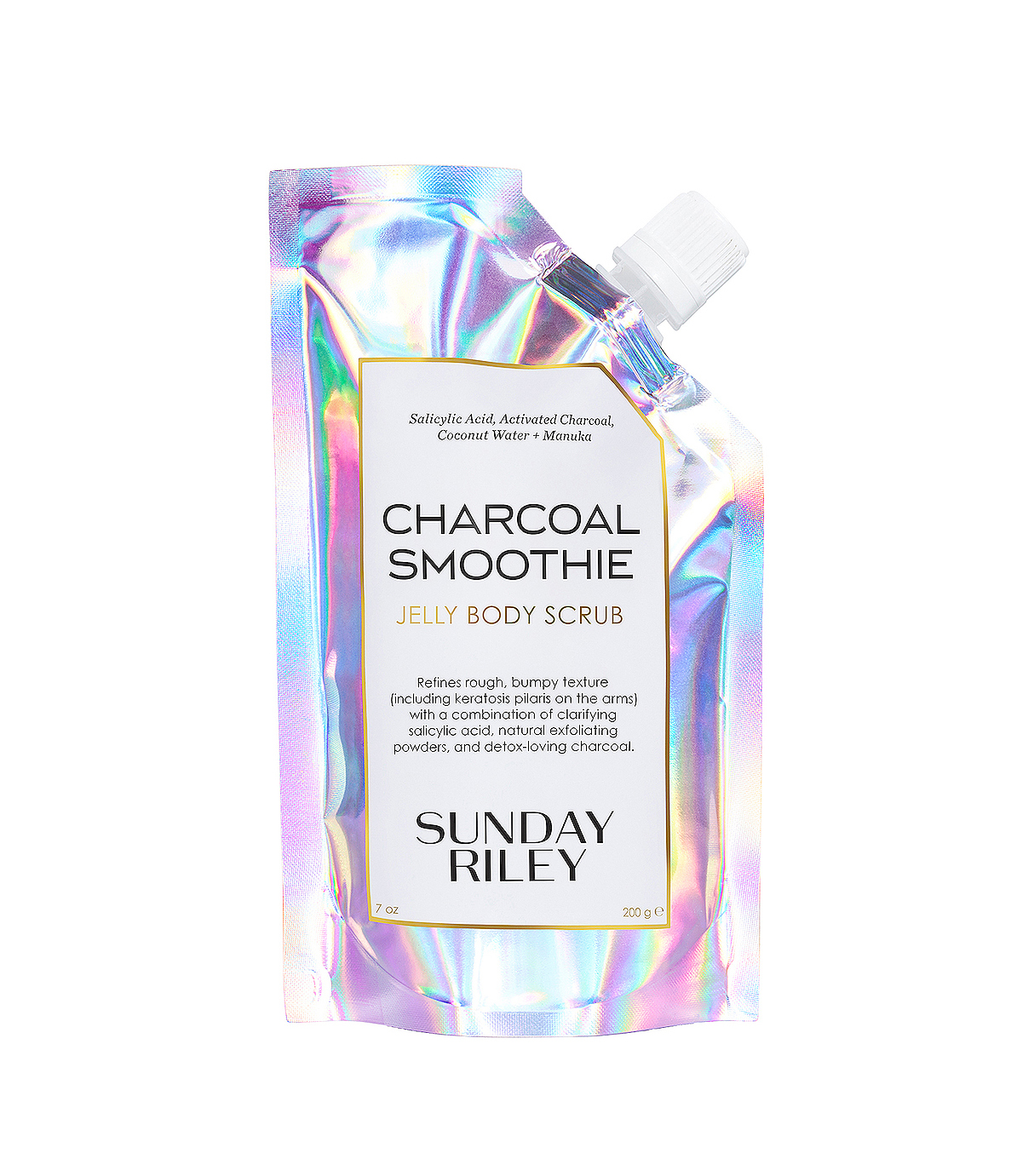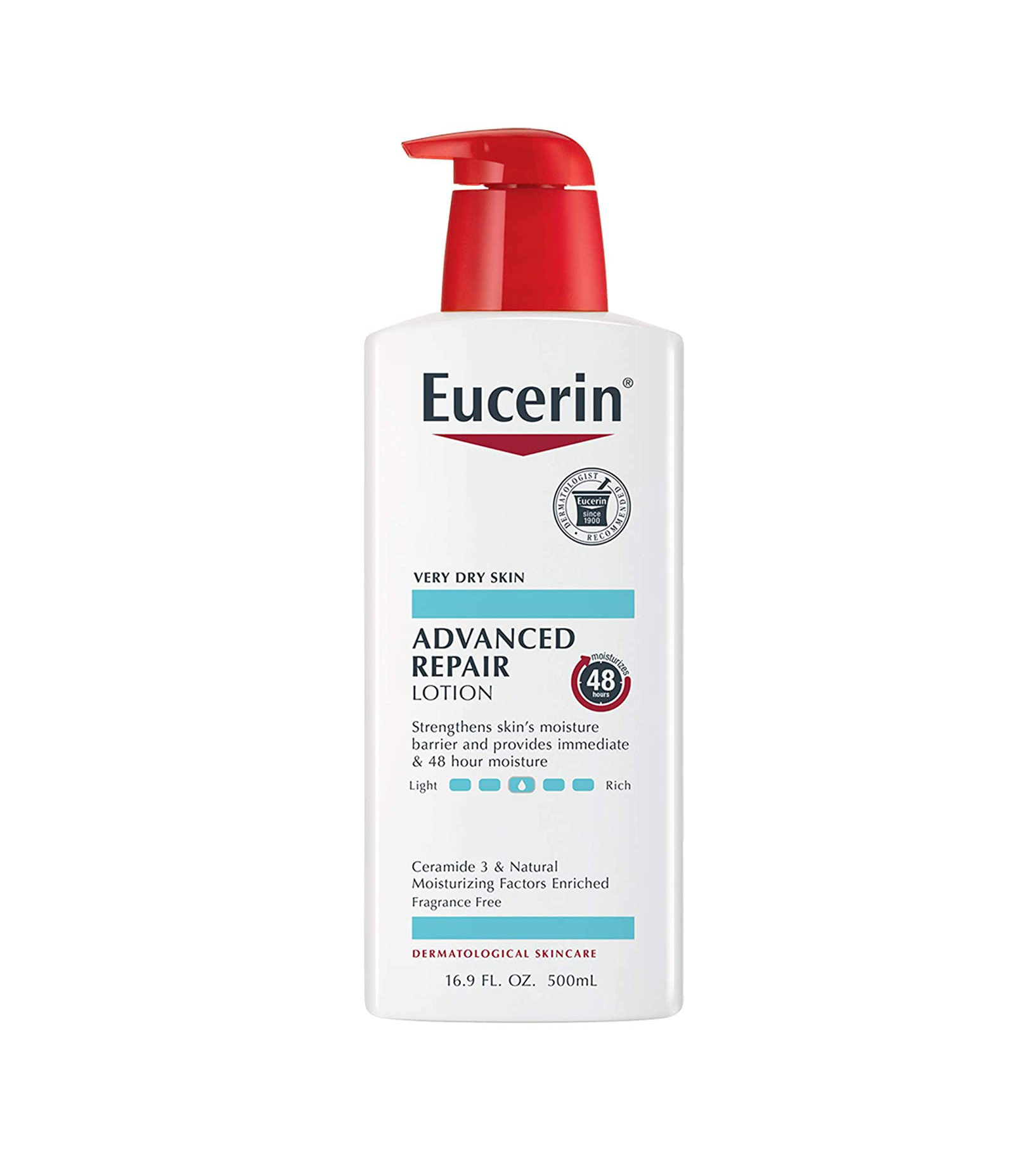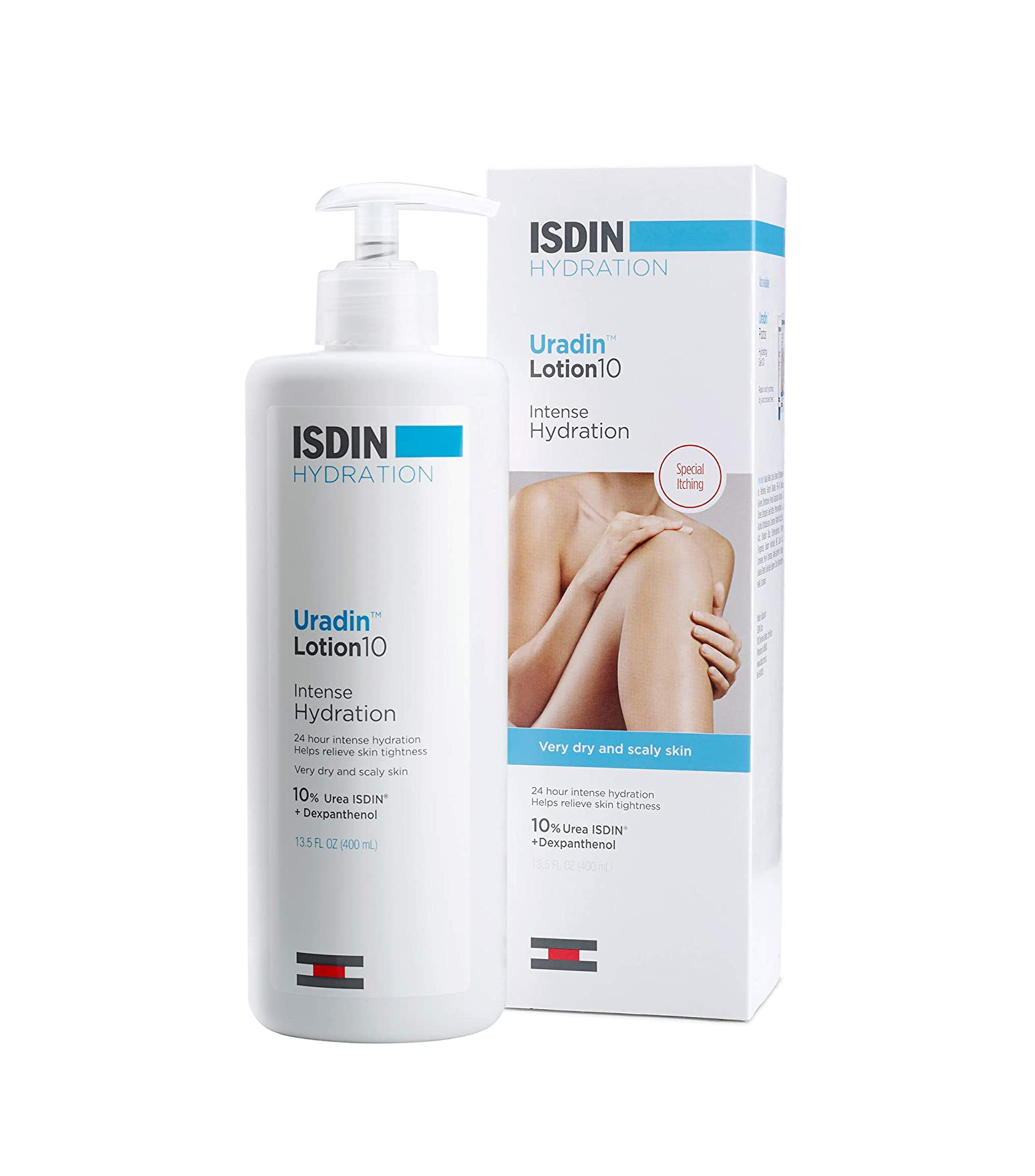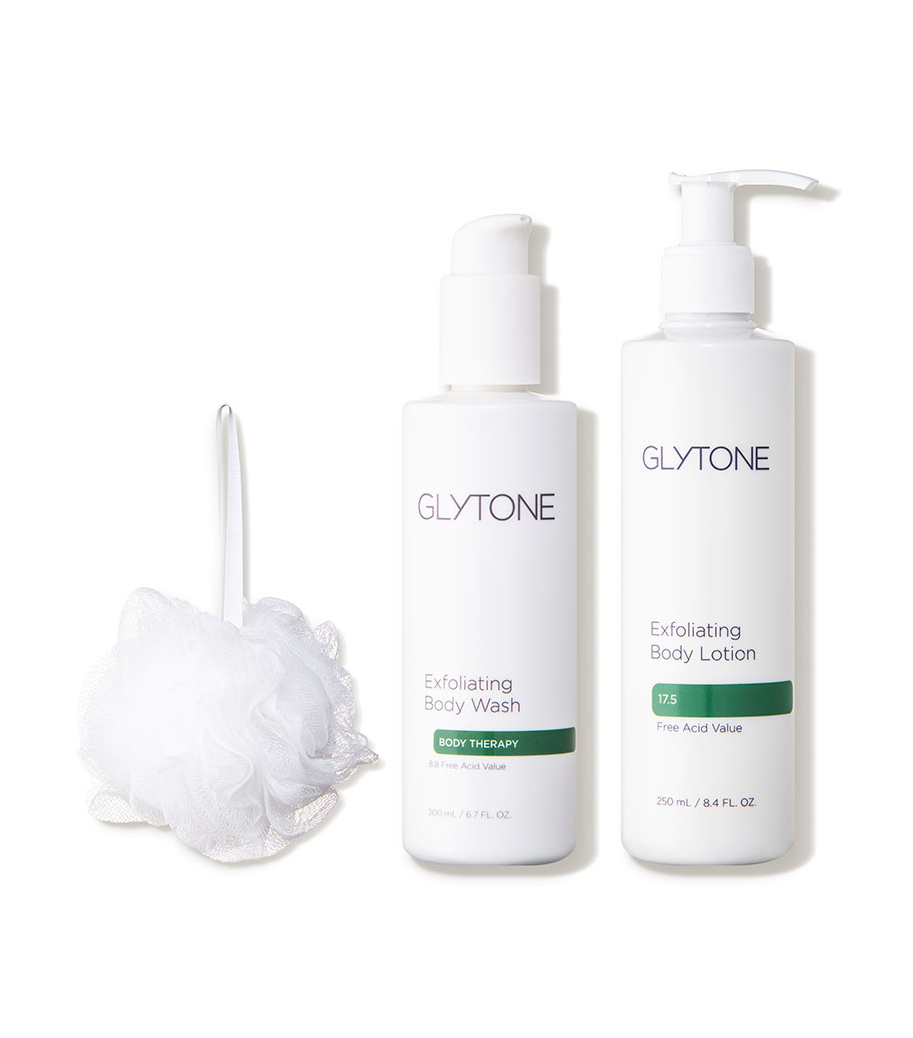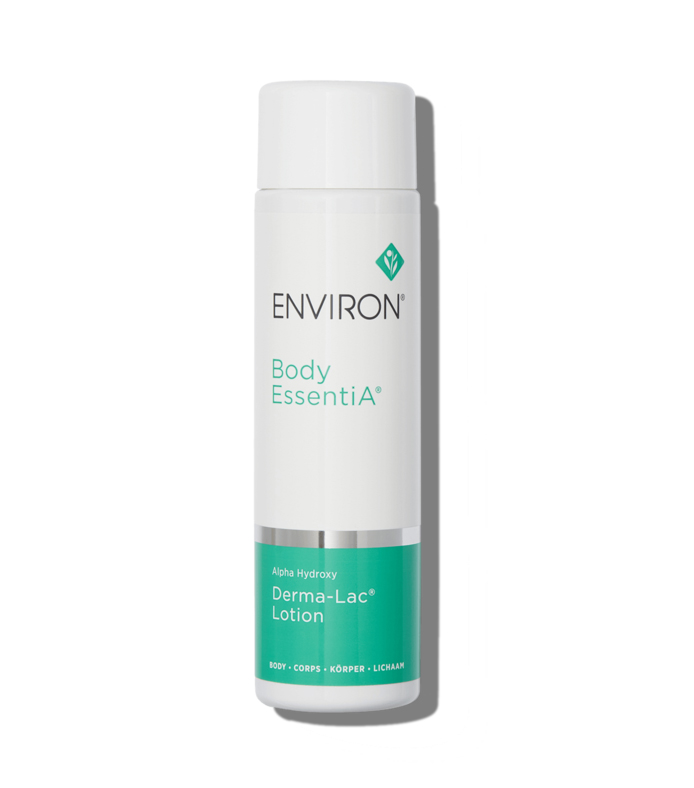Those Small Bumps on the Backs of Your Upper Arms? This Is What to Do About Them
When you notice a new skin condition or problem, it can be frustrating and sometimes alarming. What caused it? Is your normal skincare routine not working anymore? Do you have to stock your beauty cabinet with new products to make it better? It can feel like you're a detective trying to piece together what's going on and what's the culprit.
One skin condition that can be especially confusing and annoying is keratosis pilaris. It's that dry, bumpy skin that can be rough and might even look like tiny pimples. It's common but can often seem hard to treat or banish. If this sounds like something you're dealing with, I asked the experts for some tips to help you sort it all out.
What is keratosis pilaris?

First off, it's important to understand exactly what keratosis pilaris (KP) actually is. "Keratosis pilaris is a chronic condition that presents with dry, bumpy skin," explains board-certified dermatologist Ife Rodney, MD, FAAD, of Eternal Dermatology and Aesthetics. "The skin around the hair follicles has excess keratin and dead skin cell buildup. This buildup can lead to rough, sometimes scaly mounds or bumps. While KP usually occurs on the upper arms, thighs, and buttocks, it may also affect the entire arms, legs, or face. It can be distressing because of its appearance, but KP is not dangerous and does not signal any internal disease."
What are the causes of keratosis pilaris?
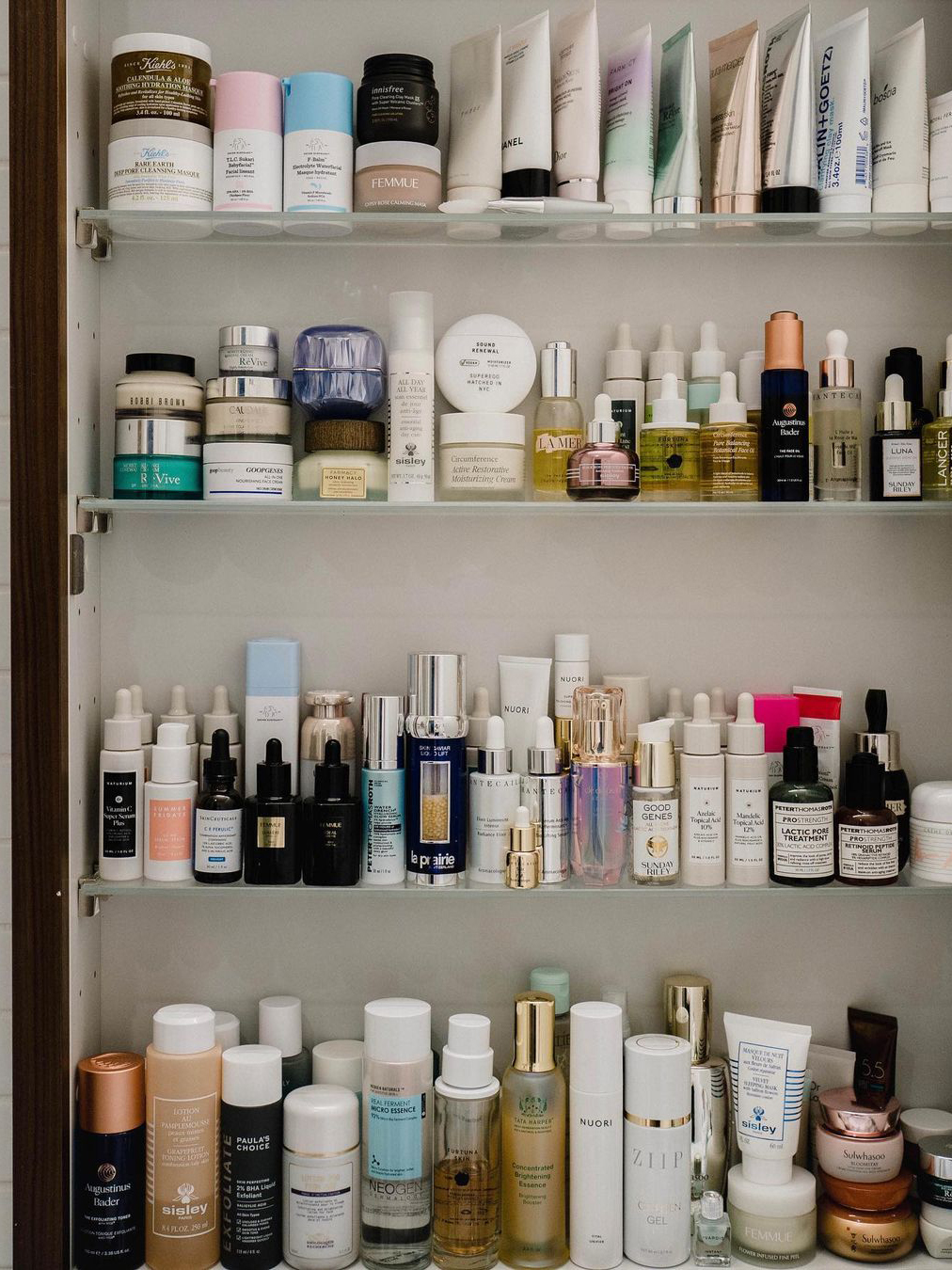
This is where it gets tricky—no one really knows the actual cause of KP, but we know it does occur when dead skin cells clog up the pores, according to board-certified dermatologist Flora Kim, MD, FAAD. While it can occur at any time during the year, Rodney says that flare-ups tend to happen in the colder months when the humidity drops. Those in colder climates might be more prone to KP, and if you're inside with the heater on, then that can further dry out the skin and make the condition even worse.
There is also evidence that it runs in families and is thought to be genetic. "It is more common in individuals who have a history of eczema or excessively dry skin," says Joyce Imahiyerobo-Ip, MD, FAAD, owner of Vibrant Dermatology and SkinBar MD. "Most cases start in childhood or adolescence and resolve by the early 30s." You might also experience KP if you have asthma or ichthyosis vulgaris. Jennifer MacGregor, MD, a board-certified dermatologist at Union Square Laser Dermatology, says she's even seen several flare-up cases in women during the early postpartum period after having children.
What are signs you need to see a doctor?
KP is a common and harmless skin condition, but there might be some situations where you want to see a doctor. MacGregor recommends seeing a dermatologist if you find it's extensive, if there are pus bumps, or if it's tender. There's also a variant of KP that is called inflammatory KP. "This is an inflammatory skin condition characterized by tiny bumps on the face that can be very itchy," explains Imahiyerobo-Ip. "Often, you will also see traditional KP on the arms. Inflammatory KP is a medical condition that requires medical management by a board-certified dermatologist."
Kim adds that there are some rare conditions that could mimic the appearance of KP. "When anything that is supposed to be benign is extremely stubborn and worsening, please go see your board-certified dermatologist to ensure there isn't anything worrisome masquerading as KP," she suggests.
How to Treat Keratosis Pilaris
There is no cure for KP, but in many cases, it will go away in your 30s. While there's no magic fix, there are some things you can do to manage it, which the experts outlined for us:
Take short, warm showers. Long, hot showers will strip the skin of its natural oils, Rodney says.
Use a humidifier at home. This will help in drier months.
Avoid harsh soaps. "These soaps contain surfactants that strip the skin and damage the protective skin barrier. Instead, I recommend using a moisturizing soap, like the white Dove bar, that directly hydrates the skin," Rodney says. You should also avoid scrubbing the area with a rough paste or loofah, as they won't work and might even aggravate the KP, MacGregor adds.
Avoid fragrance. This can be an issue if you're allergic or sensitive to fragrances, MacGregor says.
Moisturize. "Moisturizing your body is crucial and nonnegotiable for people with KP," Rodney says. "Do this straight out of the shower and reapply during the day when the skin begins to feel dry." Reach for moisturizers with glycerin, lanolin, or petroleum jelly. Rodney also recommends ammonium lactate or urea-based creams, which can help to break up the KP plugs.
Exfoliate. "To minimize the bumpiness, regular but gentle exfoliation is important," Kim says. "I recommend that exfoliation is done on a weekly basis and continued even when the keratosis pilaris is not active to prevent it from reappearing. After exfoliating, it is imperative to be super generous in quantity with immediate daily application of a rich, hydrating moisturizer. Consistency is key." For exfoliants, Imahiyerobo-Ip recommends salicylic acid, glycolic acid, or lactic acid.
Avoid tight clothing. This can cause friction in the area where you have KP, Rodney says.
Use sunscreen. This is a must for everyone, but it is especially important if you have KP. "Use mineral SPF because the redness and bumps can turn brown or darker with UV exposure," MacGregor says.
Try laser treatments. "As redness can be associated with it, I do recommend combining laser treatments to blend the color with a light chemical peel (lactic acid) for smoothing the skin," says board-certified dermatologist Roberta Del Campo, MD.
Microdermabrasion. Other in-office treatment options include microdermabrasion and chemical peels. "While microdermabrasion uses a diamond-tip wand to dislodge the keratin plugs, chemical peels use stronger acid solutions to dissolve them away," Rodney says.
Prescription treatments. Your dermatologist might also recommend a prescription product like a medicated cream or moisturizer that contains alpha and beta hydroxy acids to break up the excess keratin, Rodney adds. You might even be prescribed a retinoid to help with cell turnover.
Products to Try

MacGregor recommends CeraVe's Psoriasis Cleanser. "It's great for KP because it has mild salicylic acid to exfoliate—SA is a beta hydroxy acid that concentrates in the pore and enhances penetration of other ingredients," she says. "It also contains ceramides to restore the skin barrier while cleansing. And it's got the magic ingredient for KP, urea, which is an exfoliant that is also a skin hydrator. It's really the best for dry skin conditions that also have rough keratin buildup but that also need calming and hydration. And lastly, it's formulated with niacinamide, an anti-inflammatory that also helps restore the skin barrier and reduce the red bumps."

This daily moisturizer is formulated with 12% lactic acid to gently exfoliate. The hydrating pick from Imahiyerobo-Ip is paraben-free and super hydrating on rough, dry skin.
Next up, How to Treat 10 Common Skin Concerns That Need to Be Normalized
Sarah is lifestyle writer and editor with over 10 years of experience covering health and wellness, interior design, food, beauty, and tech. Born and raised in Los Angeles, she attended New York University and lived in New York for 12 years before returning to L.A. in 2019. In addition to her work at Who What Wear, she held editor roles at Apartment Therapy, Real Simple, House Beautiful, Elle Decor, and The Bump (sister site of The Knot). She has a passion for health and wellness, but she especially loves writing about mental health. Her self-care routine consists of five things: a good workout, “me” time on the regular, an intriguing book/podcast/playlist to unwind after a long day, naps, and decorating her home.
